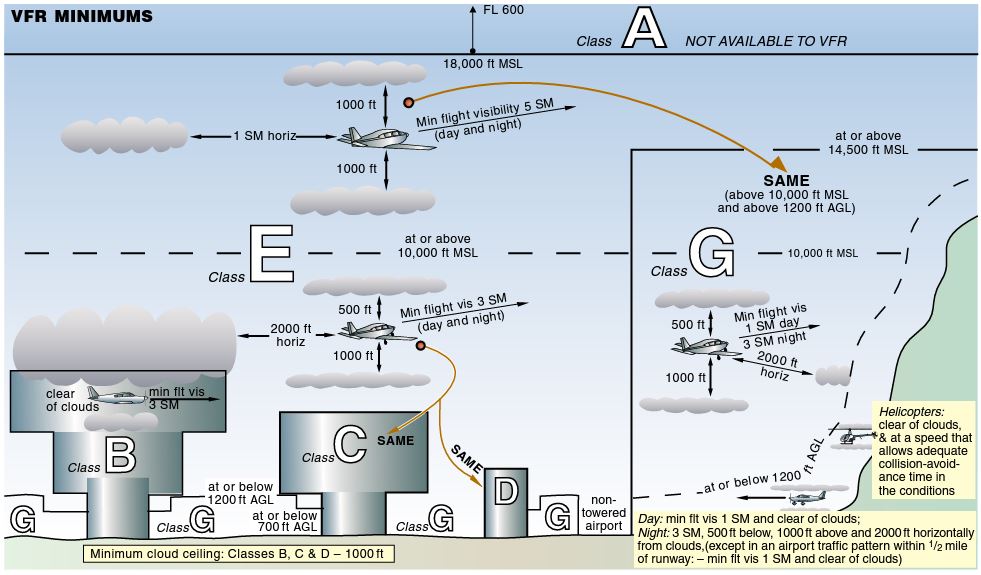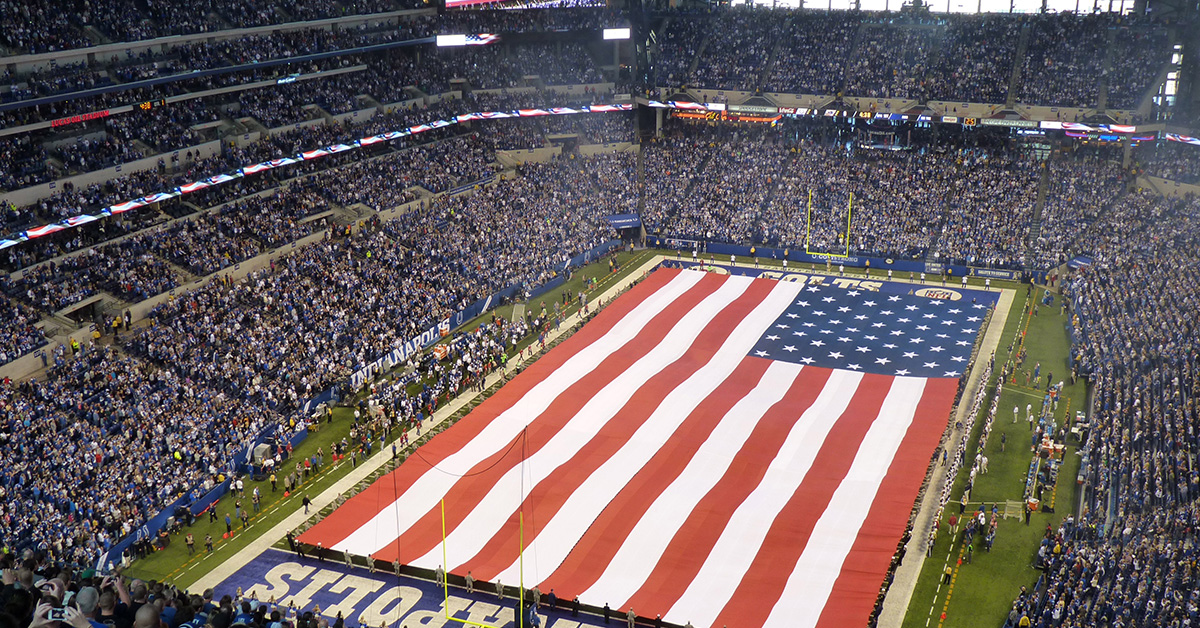Federal Aviation Regulations Part 61 stipulates that no person may act as pilot-in-command (PIC) of a civil aircraft under IFR or in weather conditions less than the minimums prescribed for visual flight rules (VFR) unless the pilot holds an instrument rating. The rating must be for the category of aircraft to be flown; e.g., airplane or rotorcraft.
In addition, any flight in Class A airspace (from 18,000 feet MSL to and including FL600) requires an instrument rating. VFR flight is not allowed in Class A airspace as I’m sure you’ve learned in your previous training.
Commercial airplane pilots who carry passengers for hire at night, or on cross-country flights of more than 50 nautical miles (NM), are also required to hold an instrument rating.
The instrument rating requirements are outlined in 14 CFR §61.65. It’s important to understand that the instrument rating is not a Pilot Certificate like Private Pilot or Commercial Pilot but rather a rating that can be added on to a certificate. Even though the instrument rating is not a certificate the training and testing process is still identical. You will first undergo ground and flight training, meet certain experience requirements and conclude with passing a computerized knowledge exam and finally your practical test or checkride as it is better known.
As an instructor one of the first things I like to discuss with instrument applicants are the differences between these four acronyms, VFR, IFR, VMC, and IMC.
Both VFR (Visual Flight Rules) and IFR (Instrument Flight Rules) are a set of rules and regulations that a pilot must follow or adhere to, based on the flight plan they file. If a Private Pilot with an Instrument Rating files a VFR flight plan he or she must adhere to those Visual Flight Rules even though they may be rated to fly under Instrument Flight Rules. To put that more simply, don’t fly into a cloud just because you are rated to do so.
VMC (Visual Meteorological Conditions) and IMC (Instrument Meteorological Conditions) are a prescribed set of weather conditions that ultimately determine whether flight will be allowed under VFR or IFR. Basic VFR weather minimums are listed under 14 CFR §91.155 (also shown below) and will describe the minimum VMC conditions for each type of airspace. Any conditions less those outlined in §91.155 are considered to be IMC, with few exceptions (which we will discuss at a later time). So if that same pilot from above checks the weather and determines the conditions to be IMC (less than those prescribed in §91.155) that pilot must file and obtain an IFR flight plan and clearance. If say an hour into the flight the pilot encounters beautiful clear skies or VMC the pilot is still required to operate under IFR as that is the flight plan in which he or she is operating on.

Let’s recap with two bullet points.
- If operating under VFR you must maintain flight in VMC conditions.
- If IMC conditions exist you must abide by IFR.
Next week we will begin to expand on this IFR topic and discuss communication procedures to include clearances which I have mentioned a few times throughout this post. So if you’re not sure what I mean by clearance just wait until next week for the discussion.





